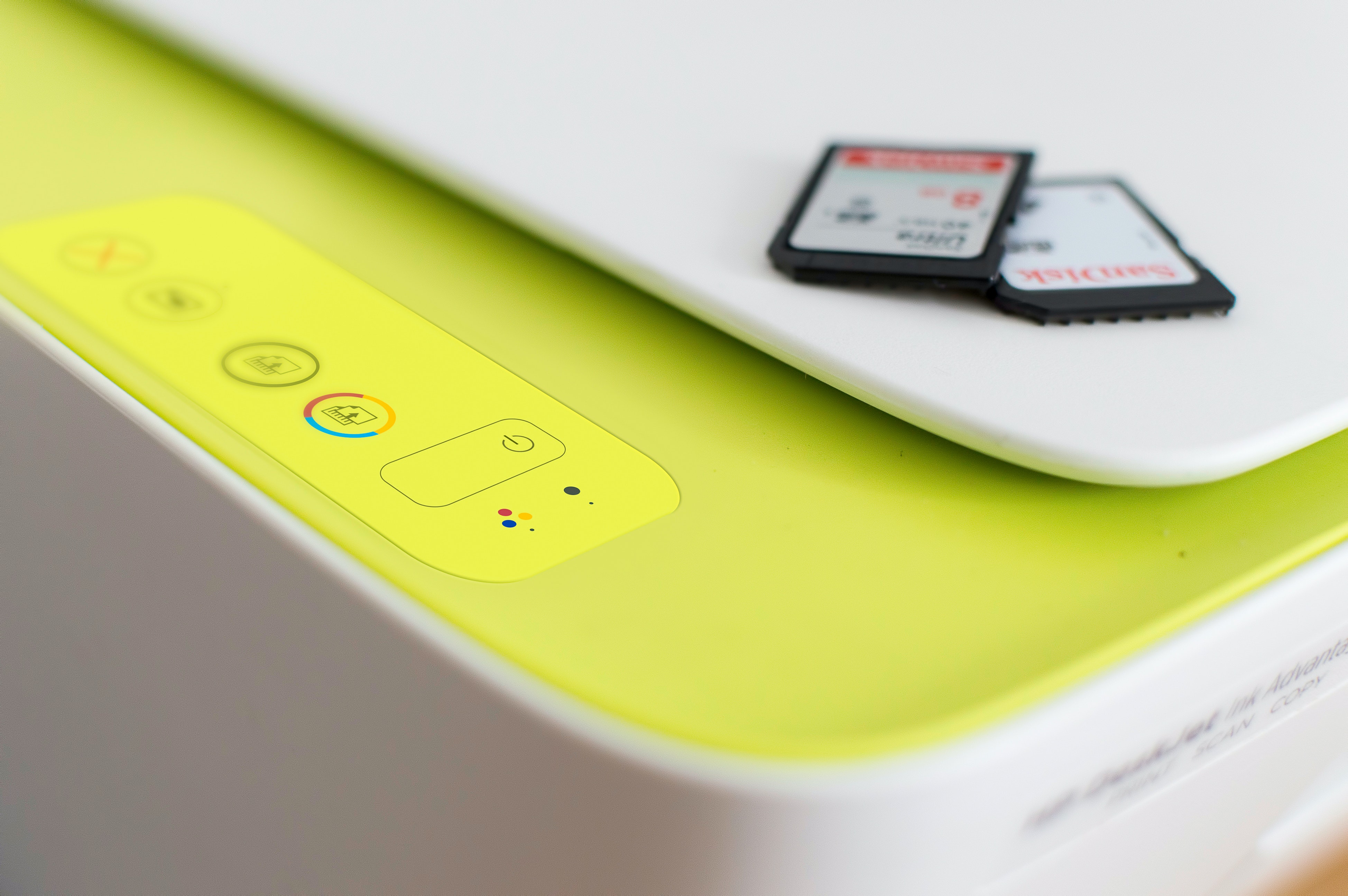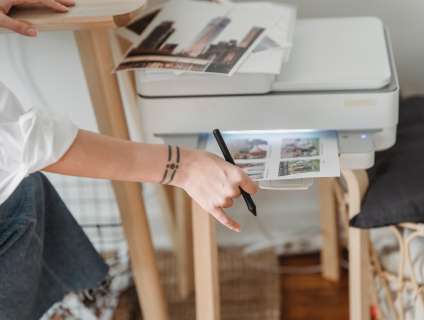Modern technologies of photo printing
Published: 24.08.2021

Modern printing technologies are developing rapidly, becoming more accessible and affordable. In a printing center, you can order printing on various surfaces: paper, plastic, fabric, glass. Almost everyone can afford to buy a color printer and print images without leaving home. However, to get high-quality photo prints, it is important to understand the types and features of printers. Let's consider what technologies exist for photographic printing and what printers are intended for what purposes.
Types of printing equipment
For photo printing, the following types of printers are used: Inkjet printers. Printing is done by distributing ink droplets on paper. The smaller the size of the droplets, the higher quality and clearer the image will be in the end. Inks of four or six colors are used. In the first case, inks of black, magenta, cyan, and yellow colors (CMYK) are mixed together. In the second option, light cyan and light magenta colors (CmYK) are added. With six-color printing, photographic quality is achieved, capable of reproducing thousands of color shades. Inkjet printers use the following technologies:
- Thermal technology - ink is supplied from the cartridge to the printer's printhead by heating. This technology is used in most printers from branded manufacturers such as Canon, HP.
- Piezoelectric technology - ink droplets are delivered to the paper through an electric current. This printing method is used in Epson printers.
- Gel technology - uses not liquid, but viscous inks, which lay well on paper and have high water-repellent properties.
The main advantage of inkjet printers is high print quality and low cost, which allows them to be used in home conditions. Laser printers. Printing is done using a coloring powder (toner), which is transferred by an electrical charge. The toner lands on a rotating drum and is fixed on the paper surface. Laser printers are more modern than inkjet printers, allowing for a clearer image.
Dye-sublimation printers. Used for printing photos sized 10x15. Printing is done using wax vapors, which are heated under high temperature, evenly distributed on photo paper, allowing for high photorealistic quality. Photo printers. This term is used for inkjet printers with extended capabilities for printing photos. Photo printers work without being connected to a computer. You can print directly from a camera or a memory card. Modern models have a display for viewing and selecting the desired photos. With PictBridge technology, printers can interact with various camera models. Modern compact photo printers come with batteries, allowing for photo printing without access to an electrical outlet.
What to consider when setting up photo printing
After selecting the type of printer, you need to prepare the file for printing. Keep in mind that color reproduction varies on different types of equipment. Computers use the RGB color space, while printers use CMYK. Therefore, the printed photo will differ in color from the file you see on the monitor. To obtain the clearest image with accurate colors, use a color calibration device.
Choose the necessary paper for printing and adjust the settings in the printer. Many printing devices automatically select the type of printing without taking into account the nuances of the paper. If you are choosing photo paper, manually change the settings in the printer parameters. For some printers, only photo paper from the same manufacturer as the device will be suitable. However, in most cases, you can use printers and consumables from different companies.
The quality of the image when printing depends on the type of photo paper used. Its density should be between 140-210 g/m². Pay attention to the coating of the photo paper, as ink adheres differently on glossy and matte coatings.
Printing technologies from Mapi7
On Mapia7, we use the classic chemical method for printing photos, ensuring excellent color reproduction and smooth tonal transitions. We use NORITSU equipment and FUJI photo chemicals. Two types of FUJI Crystal Archive paper are used for printing: glossy and embossed semi-matte. Both types of paper guarantee durability, protection against moisture, and fading. The photos do not fade over time and maintain an attractive appearance for decades. Even your grandchildren will be able to view pictures taken long before their birth.
Modern Epson equipment is used for printing photo book covers, allowing for high resolution and accurate color reproduction. The spreads are made on LUSTRE paper, which has a fine-grained structure and protects the sheets from sticking together.
Cool photos deserve an unusual framing. Print your cool pics in a polaroid style. Fans of instant photography from the 90s may experience familiar feelings when holding a photo in the style of Polaroid. For those unfamiliar with traditional Polaroid, square images with space for captions will be to their liking.
Modern technologies allow you to purchase inexpensive equipment and print photos at home. However, to obtain high-quality images, you need to understand the nuances of printing, correctly set up the equipment, prepare files for printing, and calibrate the colors. It is not advisable to trust unknown manufacturers of printing devices, as you may end up with unsatisfactory results. Often, inks and paper from different companies do not work well together. Choose equipment and consumables from reputable brands. In case of printing problems, contact certified service centers. The most reliable way to get high-quality photo prints is to use the services of professionals. In printing centers, you will guarantee high color accuracy of your photos and be satisfied with the results.






